In its popularity with traders trading in developed markets, derivatives have long been ahead of real assets. Derivatives are gaining momentum in Russia as well - over the last year alone, the volume of trading in the derivatives section where futures and options are traded has grown by more than 76%. Private players also gradually begin to “turn around” with derivatives. But if about futures contracts the majority has at least some concept, then options still seem to many to be something very exotic. Meanwhile, this tool - both when it is independent, and when used together with futures - provides very broad opportunities for implementing various tasks.
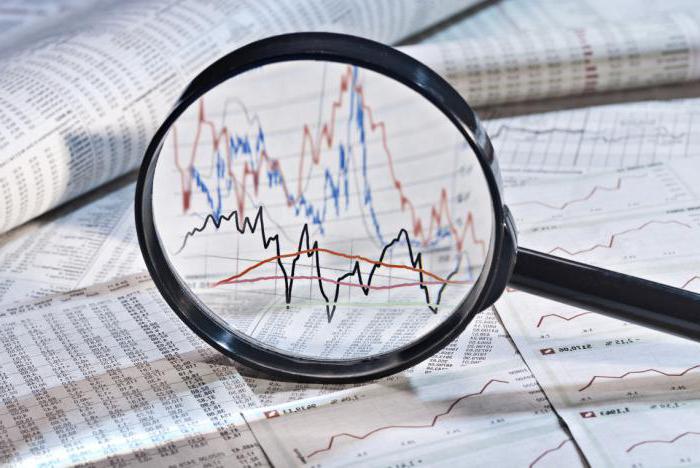
Acquaintance with derivatives
Futures and forward contracts options, swaps and some other instruments are called derivatives, that is, derivatives of the securities market. And they are produced from the base - the underlying asset (BA): stocks, bonds, currencies, goods, stock indices interest rates and even natural phenomena. The prices of the derivative and the asset from which it is formed are quite closely related, but not identical.
Futures and options are the most famous and common types of derivatives. They make it possible to trade contracts with equal ease, in which not only indices, currencies, stocks and bonds act, but also oil, natural gas, precious metals, as well as food products: cereals and legumes, coffee, sugar and many other goods. Moreover, most contracts are closed without delivery, allowing the trader to profit from the transaction and eliminating the hassle of real goods.

Russian derivatives market
Russian traders trade derivatives on the derivatives market of the Moscow Exchange (FORTS). The main liquidity is concentrated in the futures on the RTS index, the main currency pairs (USD / ruble, EUR / USD and EUR / ruble), oil, gold, as well as some blue chips - Sberbank, Gazprom, VTB, Lukoil. There is activity in other futures, but most of them are not too well traded.
Options are much less popular, although undeservedly - in terms of trading volume, this market occupies about 3-5% of the futures. Nevertheless, there is enough liquidity in options for a private trader, especially if you choose the most traded instruments (options on the RTS, Sberbank, Gazprom, USD / ruble, EUR / USD, gold and some others) with the nearest exercise date.
Options on the Russian derivatives market have a peculiarity - the underlying asset is not stocks, currencies, goods or indices, but futures on them.
Right versus obligation
To understand what is the difference between futures and options, let us turn to their definitions. Futures is a contract with an agreed deadline (expiration), according to which the seller assumes the obligation to sell the asset at a certain price, and the buyer agrees to pay for it. An option is also a fixed-term contract, however, it gives the holder only the right to buy (call-option) or sell (put-option) an asset at the indicated price (strike price). Thus, the main difference between the tools is the buyer's rights.
The option seller must fulfill the terms of the contract regardless of his desire, unless, of course, the holder wants it. As compensation for limiting his rights, the seller receives a premium from the buyer, which is the price of the option. If the transaction is unprofitable for the seller, the size of the premium received will slightly diminish his loss. If it is unprofitable for the holder to exercise the option, the premium received will amount to the seller’s profit.
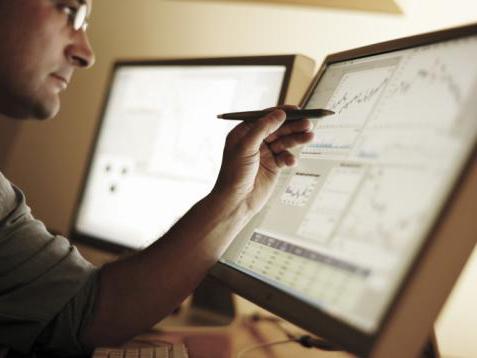
Derivatives Features
Futures and options are standardized instruments, that is, their parameters, with the exception of the acquisition price, are unchanged. The expiration date, the volume of the asset, the type of contract (settlement or delivery), the execution process, the amount of collateral - all this is written in the specification of a particular contract. Compliance with all conditions is monitored by the exchange, which acts as a guarantor of the transaction.
Another feature of derivatives is the presence of a “built-in” shoulder. The fact is that a trader pays for the opening of a futures or option position not the full cost, but only guarantee coverage (GO). After the transaction is completed, it is returned to the account. Typically, GO is set at 5–20% of the contract price, but in certain cases, it can be changed by decision of the exchange. It turns out that instead of buying a stock, it is much more profitable to purchase an option (futures) - the difference in the amount that can be bought for the same amount is 5-10 times. Thus, derivatives provide ample opportunity for speculation - by investing less, the trader has the potential to earn more. However, this is also their danger, because when a loss is received, the leverage effect can quickly lead to the loss of the entire account.
Different level of risk
Derivatives allow you to create positions with varying degrees of risk. Opening a futures position is equivalent to acquiring or short selling an underlying asset - the profit and loss are not limited, because the price can theoretically grow up to a certain number of times or fall almost to zero.
The purchase of an option does not oblige you to anything, so in the event of a price movement unfavorable for the buyer, he simply will not be executed. That is, the maximum loss for the buyer has a fixed amount - it is equal to the premium that he paid to the seller. To illustrate how the option differs from the futures, let us turn to the figure below. It shows profit and loss charts for the purchase of conditional futures (blue line) and call option (red line) on the same asset. As you can see, the loss on the purchase of an option is limited. The profit, which both derivatives promise, has the same dynamics, with the only difference being that the option has it a little less - by the amount of the premium paid to the seller.
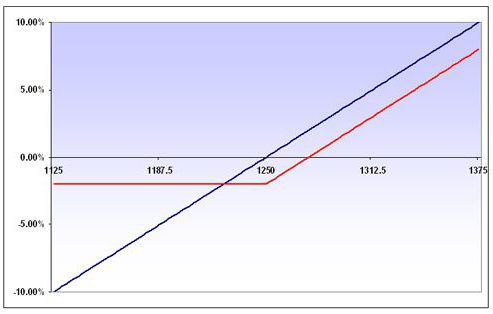
When selling an option, the situation is diametrically opposite: if the price moves unfavorably for the seller, he risks an unlimited loss. Profit in any case does not exceed the amount that he received from the buyer. In this sense, option sellers are often compared to insurance companies that take a risk of paying larger monetary compensation for a small premium. But if insurers can only hope that the insured event does not happen, then for traders one hope for this is not enough. Professional sellers of options in the event of adverse price movements have a plan to manage their position in order to minimize losses. However, for this you need to have extensive trading experience, so it is highly not recommended for beginners to sell options.
Thus, options differ from futures in that they allow the formation of positions with a given level of risk.
How does it work in practice?
Here is a schematic example of futures and options, illustrating the essence of derivatives trading. Suppose a trader bought futures on Sberbank shares at a price of 13,000 rubles, which is equivalent to buying 100 shares of the company on the stock market at a price of 130 rubles apiece. With a share price of 140 rubles, the trader’s profit is 1000 rubles. At a stock price of 120 rubles, he will receive a loss of the same size. At any time before the end of the contract, the trader can record the profit or loss from the transaction by closing the position.
Now consider what will happen if the trader does not purchase the futures themselves, but a call option on it with a strike price of 13,000 rubles. If at the time of expiration the BA price is 14,000 rubles, then the buyer will exercise the option.At the same time, he will receive futures on Sberbank shares and a variation margin of 1,000 rubles. Having immediately sold futures for 14,000 rubles, he would record the total profit from the transaction in the amount of 800 rubles. If the futures for expiration fall in price to 12,000 rubles, then the buyer will not exercise the option and lose only the premium paid - 200 rubles.
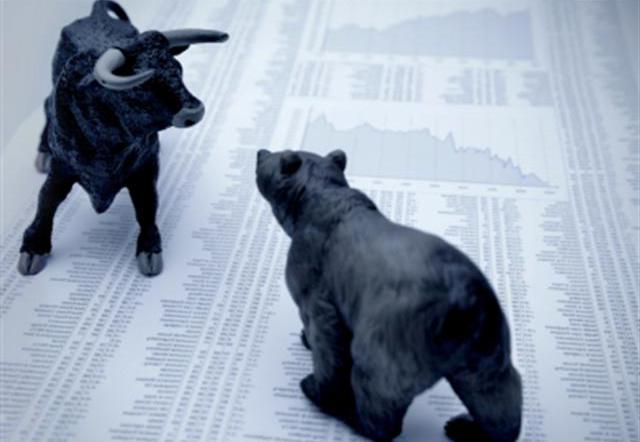
Pricing
The derivative value formation mechanism is another point worth mentioning. It is clear that the market determines the price of derivatives, nevertheless, there is a certain fair value of the contract, which allows us to judge whether it is overvalued or underestimated. Of course, the BA price directly depends on how much the option and futures will cost. The differences between them in terms of cost are very significant. The futures price is always comparable to the BA price: for example, with the price of Sberbank shares 130 rubles, futures with the nearest expiration date can be traded in the region of 13,200 rubles. The time factor affects the price of a futures contract: usually the further the expiration, the higher the cost of the futures relative to BA, although with obvious expectations of a market drop, futures can be even cheaper. By the end of the appeal, the difference between the price of the asset and the futures “collapses”.
With options, things are much more complicated. When deciding to purchase a contract, the trader compares its market value with the theoretical price, which is usually broadcast in the exchange terminal. The theoretical price is calculated using a complex formula and takes into account several indicators, among which the main ones are the following:
- whether the option is in money or not, that is, does the value of the BA exceed the strike price of the option;
- time left before expiration;
- volatility, that is, the speed with which the price of BA changes.
Each of these factors has its own influence on the option price. For example, the closer the expiration, the stronger the so-called temporary decay - the option begins to lose the time value and become cheaper, even when the price of the BA does not practically change. On the other hand, if the contract was bought during a lull period, and then strong movements suddenly started, the option can add value by increasing volatility, and sometimes even if the BA price moves in the opposite direction.
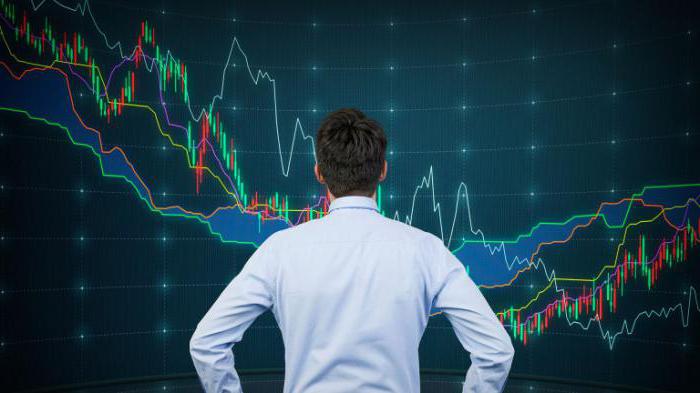
Strategic opportunities
Futures and options provide ample opportunity to build various strategies. They are used to protect open positions on the underlying asset (hedging) and for a short speculative game. Thanks to derivatives, you can “buy the whole market”, that is, bet on the growth not of a single chip, but of market indices as a whole. To do this, you need to purchase index futures or purchase call type options (Long Call strategy). In a bearish mood, you can do the opposite: open a short position on an index futures or buy an option such as put (Long Put strategy).
There are more interesting strategies that are formed by buying and / or selling futures and options. They are based on temporary differences in contracts, arbitrage, growth or decrease in volatility, and other parameters. We mention only a few of them: the regular or proportional bull or bear spread (Bull Spread, Bear Spread), the purchase or sale of stredla (Long / Short Straddle), the purchase or sale of strangle (Long / Short Strangle), the purchase or sale of a “butterfly” ( Long / Short Butterfly). The graphs of some of them are illustrated in the following figure.
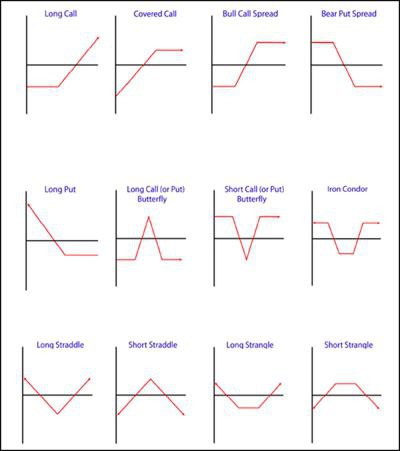
Do I need to choose?
What is better to use in trade? In fact, the question “options versus futures” is incorrect. Obviously, each tool has its own characteristics that allow you to solve certain problems. Moreover, their joint use allows you to build interesting strategies with the given parameters of maximum loss and profitability, which are most suitable for the current situation on the market.
Derivatives are more interesting and complex instruments than stocks and other assets. Their capabilities are quite wide: from intraday speculation to hedging positions for months and even years. Of course, derivatives are worth learning to work with, this will expand the trader's capabilities and allow you to earn money in any market situation.








